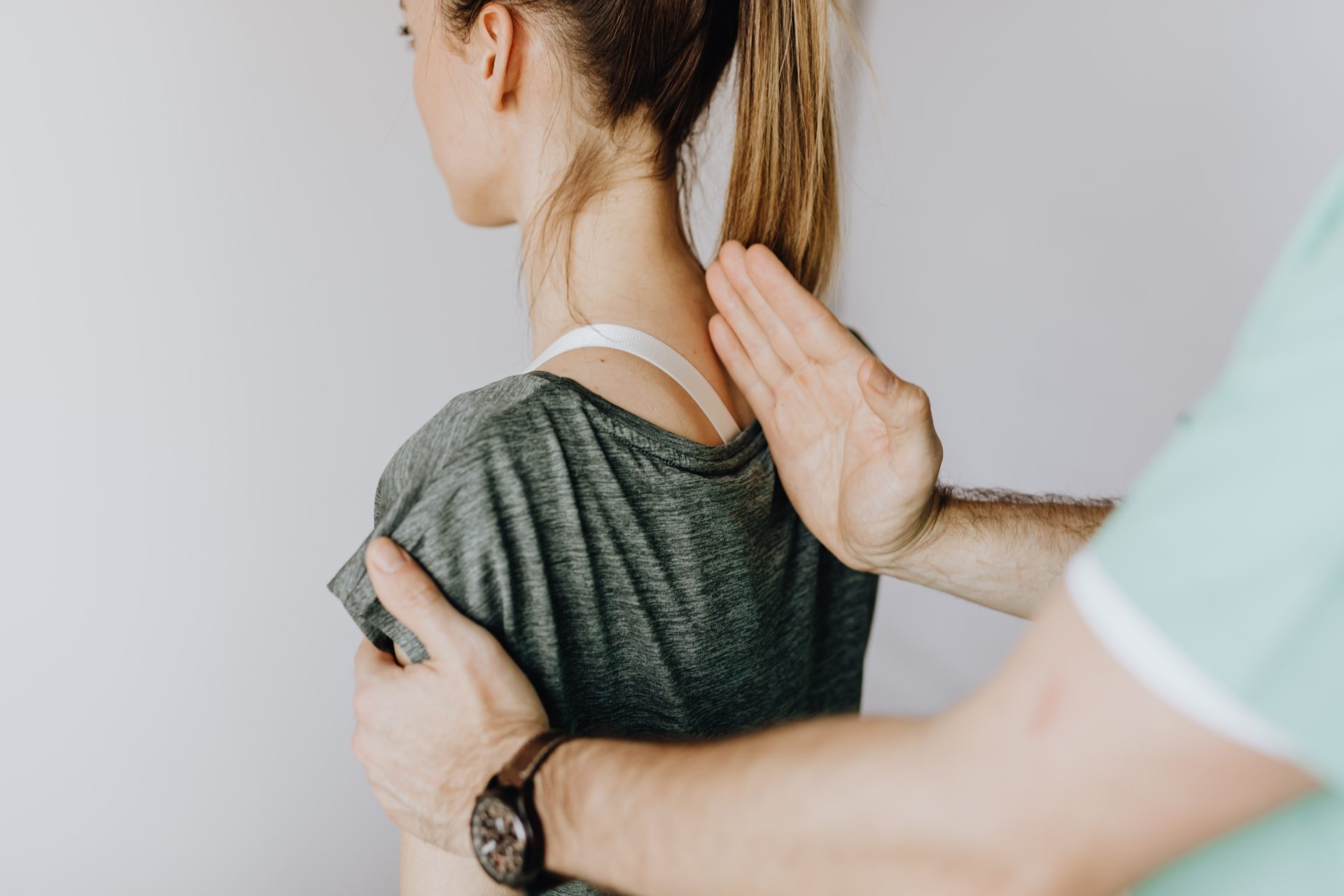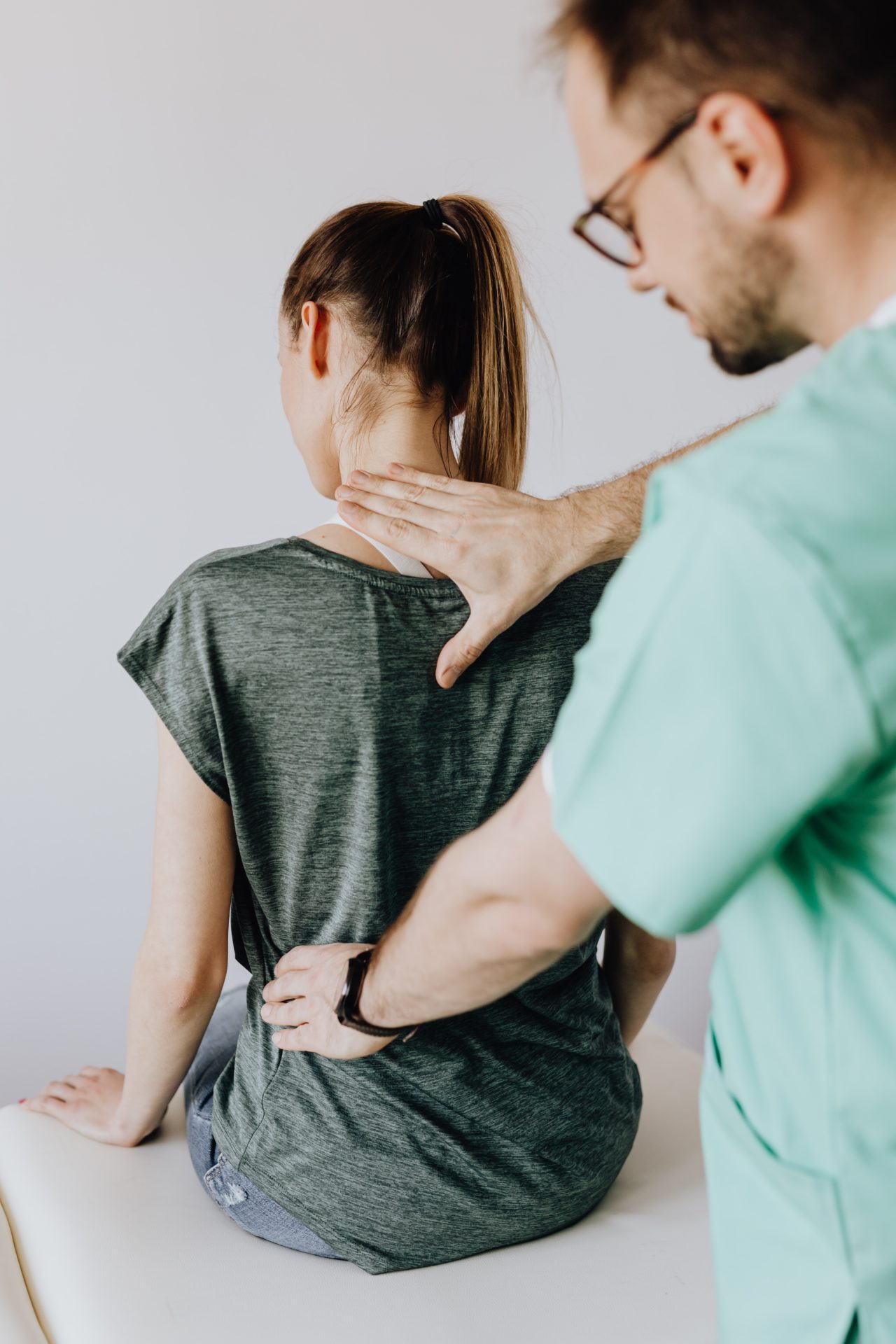Alignment is more than just maintaining good posture. For those with hypermobility, it’s about ensuring that our body structures are harmoniously in place, ensuring that we function effectively and feel good.
Dive deep into the intricate relationship between alignment, the SI joint, and hypermobility.
The Challenge of Alignment with Hypermobility
For individuals with hypermobility, one prevalent challenge is the spine. Many seek professional assistance, citing their back, hips, or neck is “out.” These shifts, be it rotations or lateral movements, disrupt muscle function, leading to pain, weakness, and restricted mobility.
Hypermobility results in increased joint flexibility, and with this flexibility comes the challenge of joints shifting unexpectedly. Such shifts can often lead to muscle spasms.
The Role of the SI Joint
The SI (sacroiliac) joint is anchored by a vast web of ligaments and muscles, intended to restrict excessive motion. Typically, the SI joint has limited mobility. However, in those with hypermobility, this joint behaves differently, further emphasizing the importance of proper alignment.

Checking Your Alignment: A Quick Guide
To gauge your alignment:
- Lie flat on your back.
- Gently lift your hips and then lower them.
- Stretch out your legs and then sit up.
- Observe your feet. If one seems longer, there may be an alignment concern.
Professionals to Assist with Hypermobility and Alignment
It’s essential to consult experts for alignment concerns:
- Osteopathic physicians specializing in manual corrections
- Chiropractors practicing small movement adjustments
- Manual physical therapists
- Massage therapists
Starting on the right foot can make a world of difference in your journey.

Tips for Navigating SI Movements and Precautions
Maintain Balance
Ensure even weight distribution on both sides during activities. This balance extends to lifting, carrying, and performing bilateral tasks.

Keep Legs Uncrossed
To stabilize the pelvis, keep knees apart. Merging knees can destabilize the SI joints.
Stay Straight
Avoid prolonged rotation. Instead, align yourself directly with tasks and adjust as necessary.
To learn more about SI precautions, click the link here for the instructional handout.
Remember, posture plays a significant role when it comes to hypermobility and alignment. Learn more about posture and hypermobility here.
Looking for an online support team? Join the Hypermobility Solution Facebook Group here!

About Kate

Kate Skinner is a Doctor in Physical Therapy, co-founder of Great Divide Physical Therapy, and creator of Hypermobility Solution.
Recent Posts


